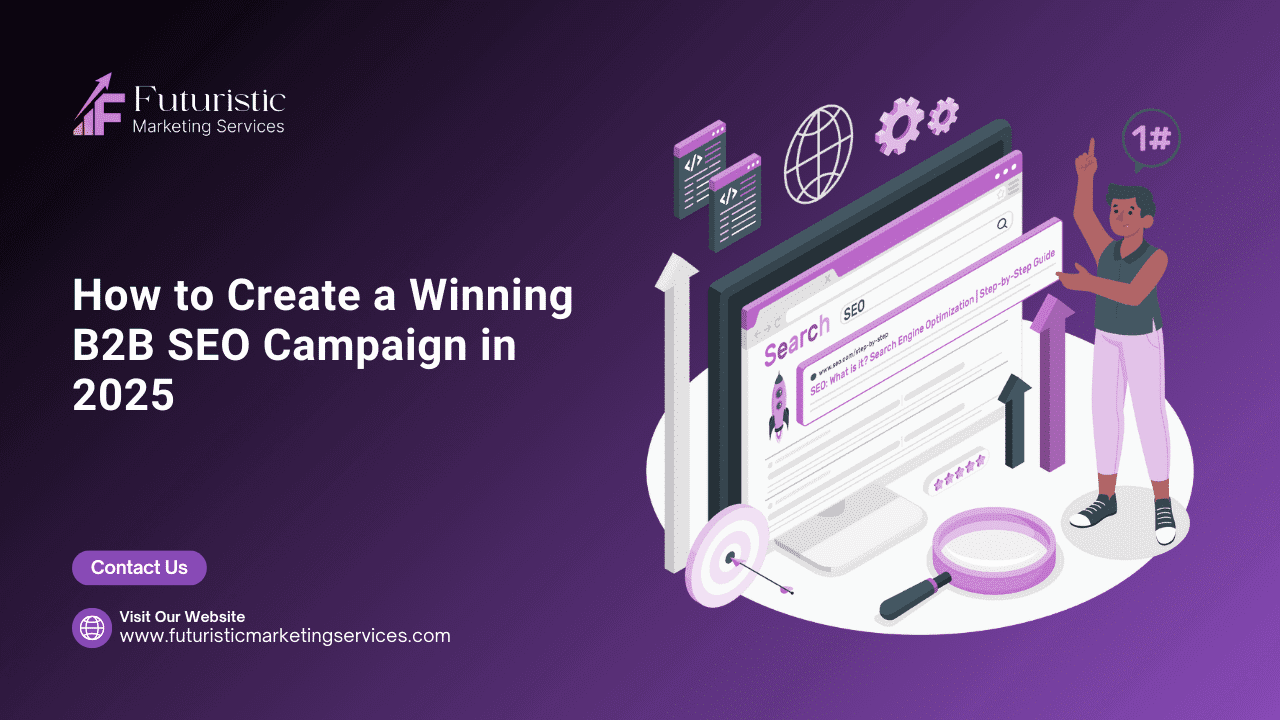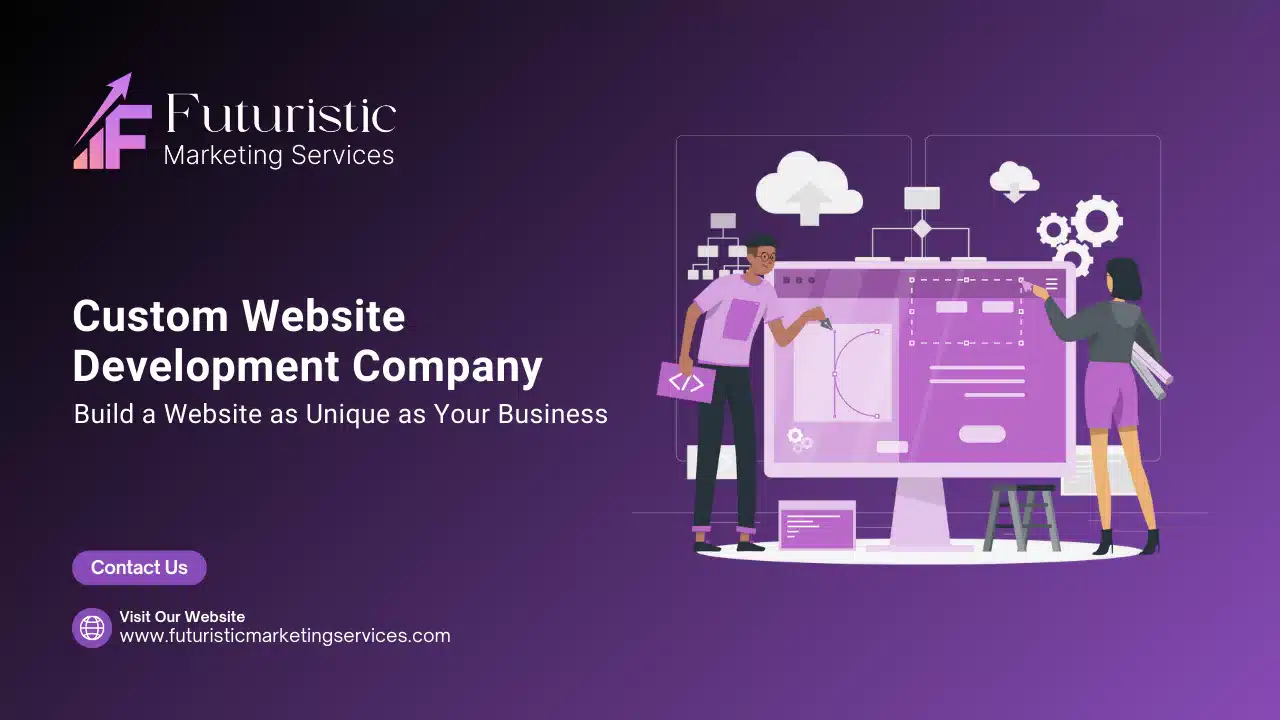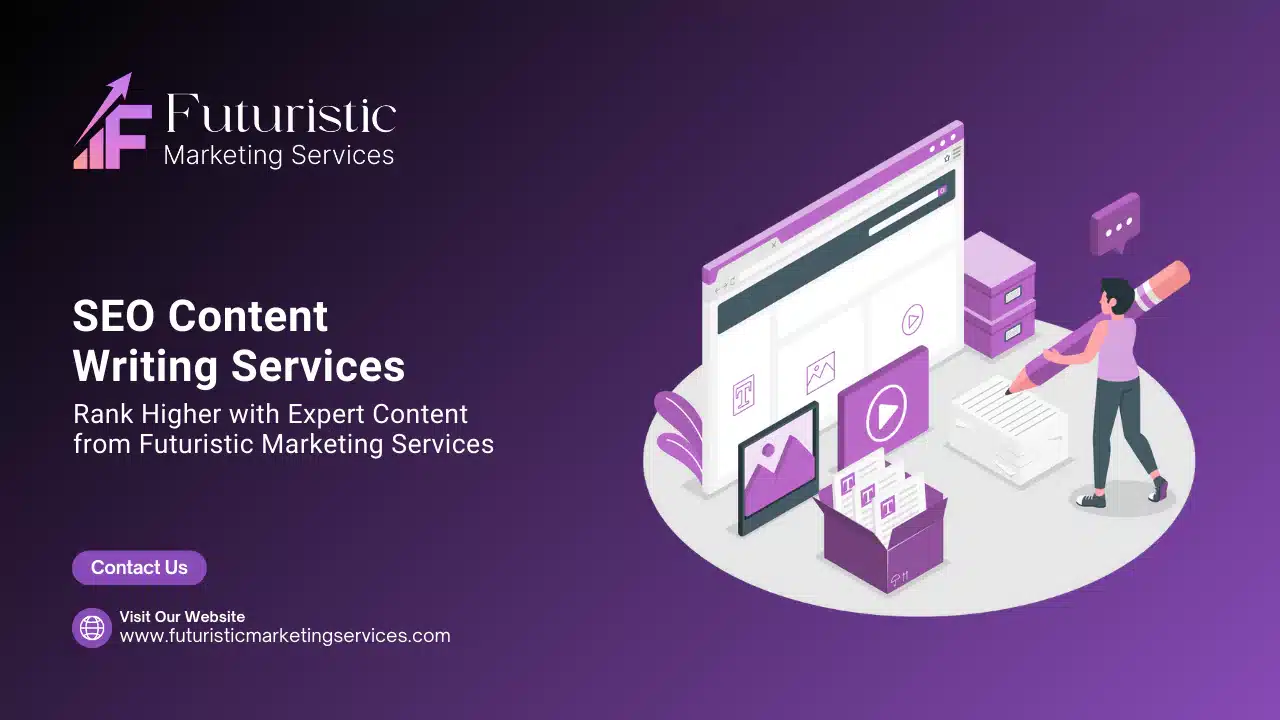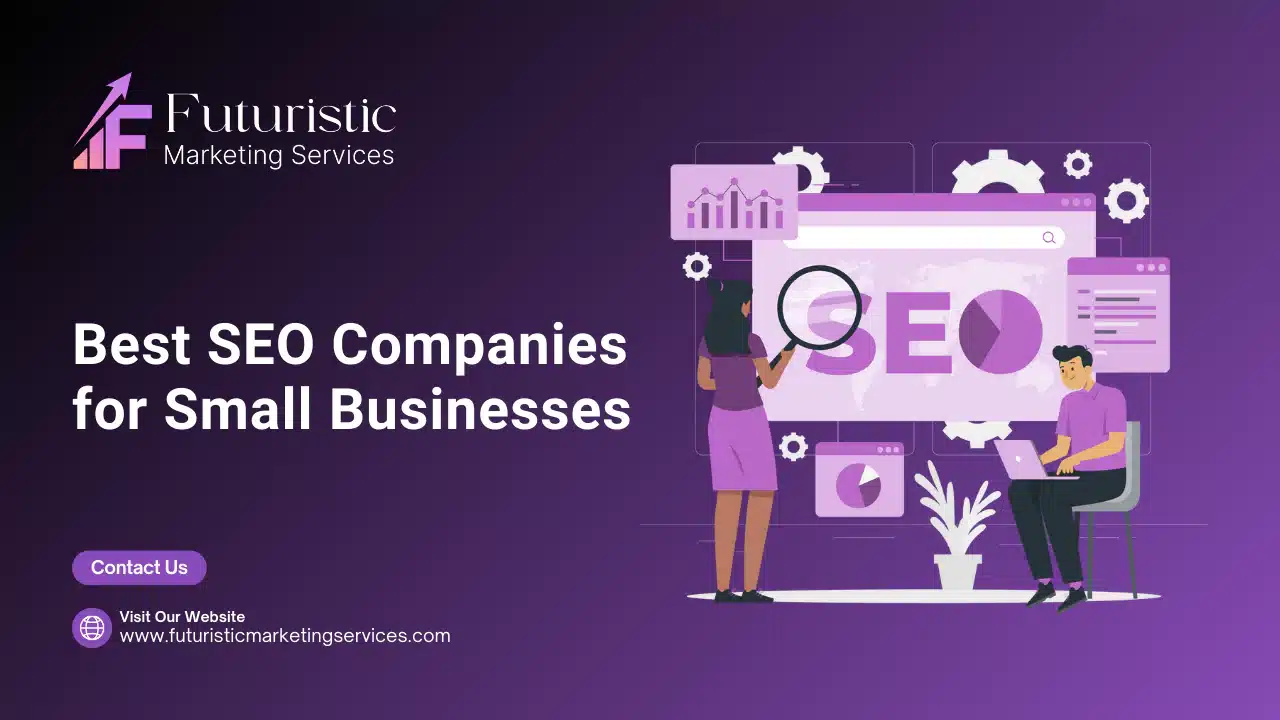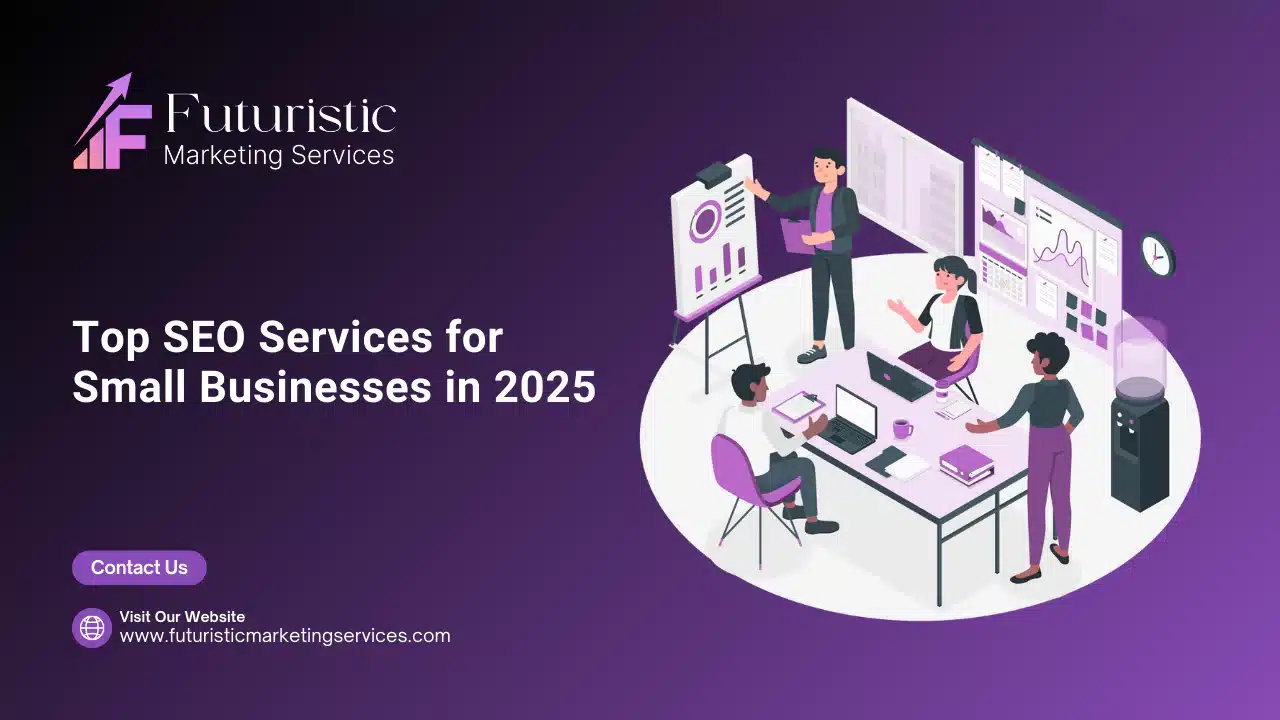B2B eCommerce refers to the online transaction of goods and services between businesses through a digital platform. Unlike B2C (Business-to-Consumer), B2B transactions involve larger order volumes, complex pricing structures, and longer sales cycles. The significance of B2B eCommerce has surged in recent years, with the U.S. market experiencing a compound annual growth rate of 10.7%
Current Market Trends
Digital Transformation: A significant shift towards digital channels, with 80% of B2B sales interactions expected to occur online by 2025.
Mobile Commerce: An increasing number of B2B buyers utilize mobile devices for product research and purchasing decisions.

Key Features of a Successful B2B eCommerce Website
To build an effective B2B eCommerce platform, consider incorporating the following features:
User-Friendly Design
- Responsive and Mobile-Optimized Interfaces: Ensure your website is accessible and functional across all devices, providing a seamless user experience.
- Intuitive Navigation Structures: Organize product categories and information logically to facilitate easy browsing.
Advanced Search Functionality
- Autocomplete and Error Tolerance: Implement search features that predict user queries and handle misspellings gracefully.
- Faceted Search Options: Allow users to filter products based on various attributes, enhancing search efficiency.
Personalized User Experience
- Custom Pricing and Catalogs: Offer tailored pricing and product selections for different clients, accommodating their specific needs.
- Account Management Features: Provide clients with dashboards to manage orders, track shipments, and view purchase history.
Integration Capabilities
- ERP and CRM Systems: Integrate with Enterprise Resource Planning and Customer Relationship Management systems to streamline operations.
- Payment Gateways and Security Protocols: Ensure secure transactions by supporting multiple payment methods and adhering to security standards.
Steps to Develop a B2B eCommerce Platform
Embarking on B2B eCommerce website development involves several critical steps:
Planning and Strategy
- Market Research and Competitor Analysis: Understand your industry landscape to identify opportunities and set benchmarks.
- Defining Business Objectives and KPIs: Establish clear goals and metrics to measure success.
Platform Selection
- Evaluating Open-Source vs. SaaS Solutions: Choose between customizable open-source platforms and scalable Software-as-a-Service options based on your needs.
- Scalability and Customization Considerations: Ensure the platform can grow with your business and accommodate custom features.
Design and Development
- Wireframing and Prototyping: Create visual blueprints to plan the website layout and functionality.
- Front-End and Back-End Development Processes: Develop the user interface and server-side components to ensure a cohesive experience.
Testing and Deployment
- Quality Assurance and User Testing: Conduct thorough testing to identify and rectify issues before launch.
- Launch Strategies and Post-Launch Support: Plan the rollout and provide ongoing support to address any post-launch challenges.

Best Practices for B2B eCommerce Success
Implementing the following strategies can enhance your platform’s performance:
SEO Optimization
- Keyword Research and Implementation: Identify relevant search terms and incorporate them naturally into your content.
- On-Page and Technical SEO Strategies: Optimize meta tags, headings, and site structure to improve search engine visibility.
Content Marketing
- Developing Valuable Resources and Blogs: Create informative content that addresses client pain points and establishes your authority.
- Utilizing Case Studies and Testimonials: Showcase success stories to build credibility and trust with potential clients.
Customer Support and Engagement
- Implementing Live Chat and Support Systems: Offer real-time assistance to address client inquiries promptly.
- Building Comprehensive FAQ Sections: Provide answers to common questions to aid decision-making.
Challenges in B2B eCommerce Development
While developing a B2B eCommerce platform offers numerous benefits, it also presents certain challenges:
Managing Complex Pricing Structures
- Volume Discounts and Tiered Pricing: Implement systems to handle bulk order discounts and varied pricing tiers.
- Contractual Agreements and Custom Quotes: Facilitate personalized pricing agreements and quote management.
Ensuring Data Security and Compliance
- Adhering to Industry Regulations: Stay updated with relevant laws and standards to ensure compliance.
- Implementing Robust Security Measures: Protect client data through encryption, secure payment gateways, and regular security audits.

Future Trends in B2B eCommerce
Staying abreast of emerging trends can position your business for sustained growth and success in the digital marketplace. Here are some key trends shaping the future of B2B eCommerce:
Artificial Intelligence and Machine Learning
- Personalized Product Recommendations: AI-driven algorithms analyze user behavior to offer tailored product suggestions, enhancing customer experience and boosting conversions.
- Chatbots for Enhanced Customer Interaction: AI-powered chatbots provide instant support, improving response times and streamlining customer inquiries.
Growth of Mobile Commerce
- Developing Mobile-First Strategies: As more B2B buyers shift to mobile shopping, businesses must optimize their platforms for seamless mobile navigation.
- Leveraging Progressive Web Apps (PWAs): PWAs combine the best of mobile apps and websites, offering fast-loading, offline-accessible experiences that drive engagement.
Blockchain for Secure Transactions
- Smart Contracts: Automate and secure B2B agreements using blockchain technology, reducing paperwork and minimizing fraud risks.
- Transparent Supply Chains: Blockchain enhances supply chain transparency, allowing businesses to track orders and logistics in real time.
Voice Search and Conversational Commerce
- Optimizing for Voice Search: With the rise of voice assistants like Alexa and Google Assistant, optimizing content for voice queries will be essential for visibility.
- Conversational Buying Experiences: AI-powered voice interactions will enable seamless B2B transactions, making purchasing easier and more efficient.
Conclusion
B2B eCommerce website development is no longer a luxury—it’s a necessity for businesses looking to scale and compete in the digital era. By implementing user-friendly design, advanced integrations, and data-driven personalization, businesses can create a powerful eCommerce platform that meets the evolving demands of modern buyers.
To ensure success, follow SEO best practices, optimize your site for mobile users, and leverage AI-driven tools to enhance the customer experience. The future of B2B eCommerce is dynamic, and businesses that adapt to emerging trends will lead the market.
🚀 Looking to build a high-performing B2B eCommerce platform?
Contact Futuristic Marketing Services today to get started with expert-driven solutions tailored to your business needs.



